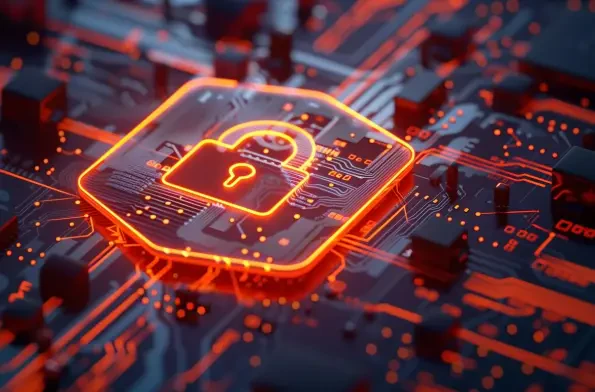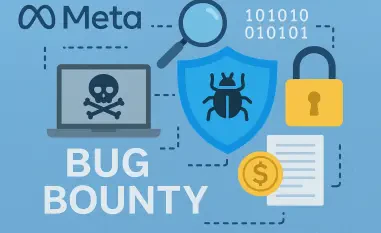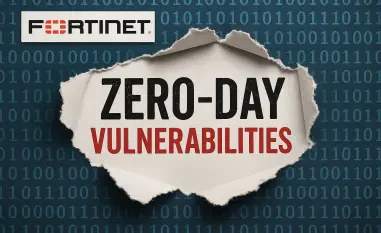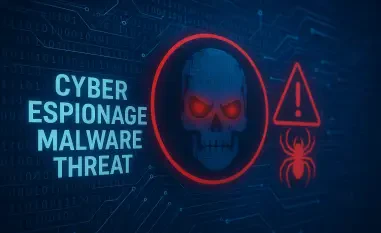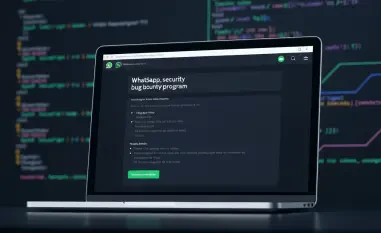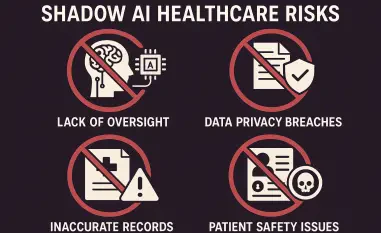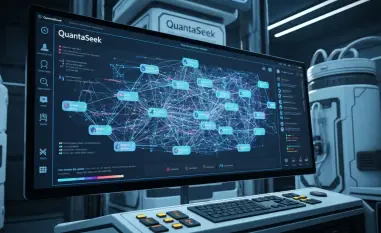In a world where digital infrastructure forms the backbone of business operations, cybersecurity threats have become increasingly complex and frequent. Malik Haidar, a seasoned cybersecurity expert, delves deep into recent vulnerabilities discovered in Cisco’s systems, shedding light on the ramifications for cloud environments and network security.
Can you explain what the Cisco Identity Services Engine (ISE) vulnerability is and why it has been classified as critical?
The Cisco Identity Services Engine, or ISE, vulnerability is particularly concerning due to the improper generation of credentials when deploying ISE on major cloud platforms like AWS, Azure, and OCI. This flaw allows attackers to exploit shared credentials, a key reason the vulnerability has been classified as critical, with a CVSS score of 9.9. The potential for attackers to access sensitive data and perform unauthorized operations elevates the threat level significantly.
What are the potential consequences of an attacker exploiting the Cisco ISE vulnerability?
An attacker leveraging this vulnerability could fundamentally undermine the security of affected systems. They might access confidential data, alter administrative settings, and potentially disrupt services. This could lead to service outages and business interruptions, demonstrating the vulnerability’s broad and severe impact.
What specific circumstances make Cisco ISE deployments vulnerable in cloud environments like AWS, Azure, and OCI?
The vulnerability arises when the Primary Administration node of ISE instances is deployed in the cloud. The crux of the issue lies in the improperly generated credentials that are shared across multiple deployments. This shared access simplifies the exploitation process for attackers, increasing the risk significantly in such cloud environments.
Why are there no workarounds for this particular vulnerability in Cisco ISE?
The absence of workarounds means companies using affected systems face increased risk without immediate alternatives. This requires organizations to rely heavily on Cisco’s released patches and hotfixes to secure their systems against potential exploits, underscoring the urgency for timely updates.
Cisco has released hot fixes for specific ISE releases. Can you detail which versions are impacted and which are safe?
The hot fixes target ISE releases from 3.1 to 3.4, addressing vulnerabilities present in these versions. Interestingly, versions 3.0 and earlier are not affected because the credentials generation method differs, providing inherent protection against this particular flaw.
There are also high-severity flaws in Cisco’s Integrated Management Controller (IMC) and Nexus Dashboard Fabric Controller (NDFC). Can you describe these issues?
The vulnerabilities in IMC and NDFC are significant. CVE-2025-20261 affects UCS B, C, S, and X series servers, compromising SSH connectivity by allowing unauthorized privilege escalation. CVE-2025-20163 pertains to deficient SSH host key validation, enabling machine-in-the-middle attacks that can intercept SSH traffic and capture credentials, potentially exposing sensitive data.
What are the risks associated with these high-severity vulnerabilities?
High-severity vulnerabilities carry substantial risk, enabling attackers to exploit flaws for elevated privileges, potentially creating unauthorized accounts. The interception of SSH traffic presents grave concerns for network security, as it can lead to unauthorized access and data breaches.
Cisco has fixed several medium-severity vulnerabilities. Can you summarize the types of threats these pose?
The medium-severity vulnerabilities primarily impact products related to Unified Communications and Identity Services. Attackers could exploit these flaws by executing root commands, launching XSS attacks, and manipulating files, posing threats to data integrity and system stability.
With proof-of-concept code publicly available for some vulnerabilities, how pressing is it for users to update their Cisco appliances?
The availability of proof-of-concept code amplifies the urgency for timely updates by users. Cisco advocates for immediate appliance updates to mitigate risks, especially with exploit codes available to the public, reducing time for attackers to act.
Reflecting on the current state of cybersecurity, how important is it for companies to monitor security advisories and implement patches promptly?
Vigilance in monitoring security advisories and applying patches promptly is crucial. Delay in updates could expose systems to preventable exploits, so companies must prioritize cybersecurity measures and act swiftly to minimize vulnerabilities.
Are there any lessons or takeaways from the recent vulnerabilities patched by Cisco that organizations should apply to future security practices?
The recent vulnerabilities highlight the importance of proactive security strategies, including regular updates and robust credential management. Organizations should focus on comprehensive risk assessments and staying ahead of potential threats to safeguard their digital assets effectively.
